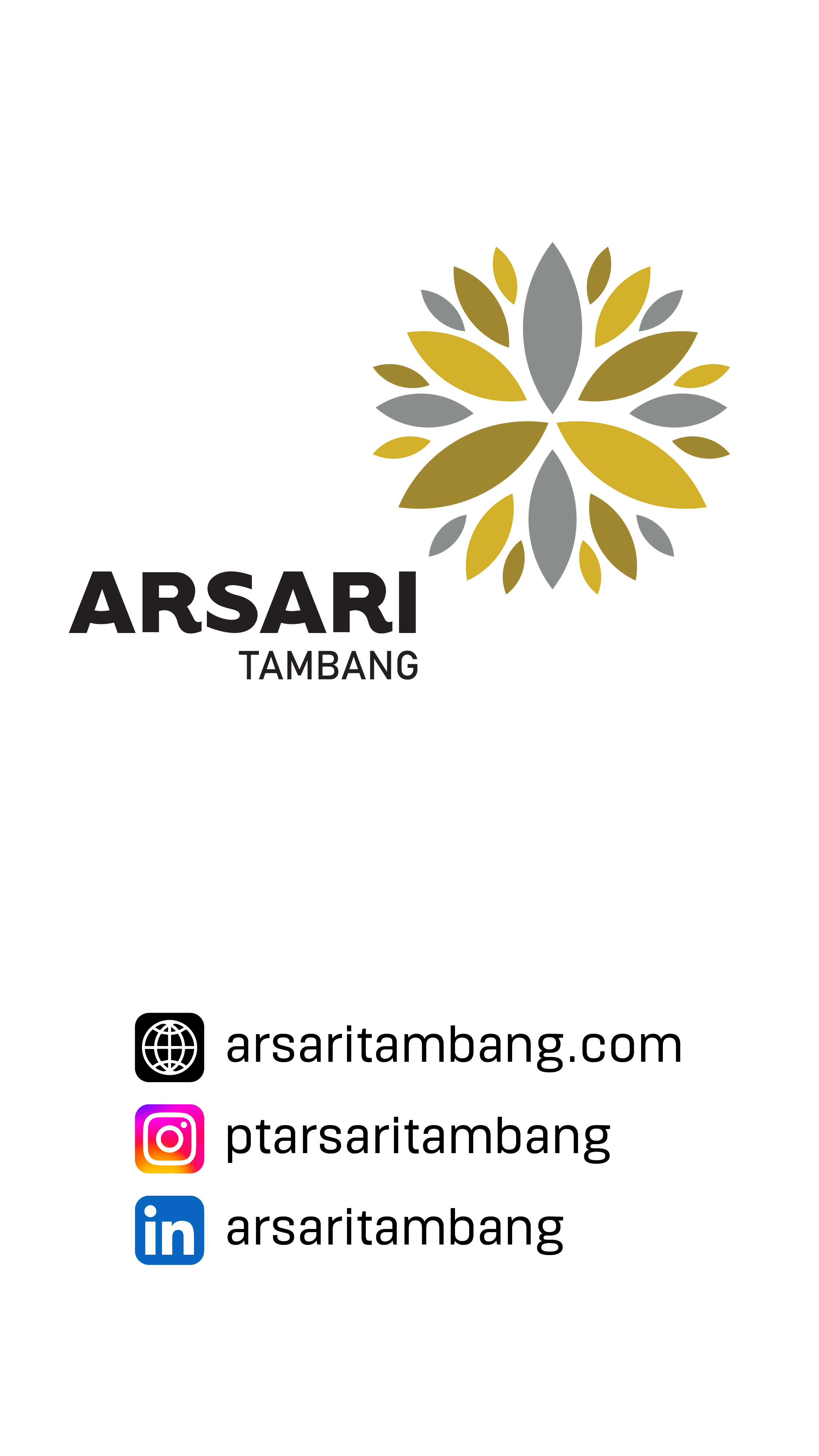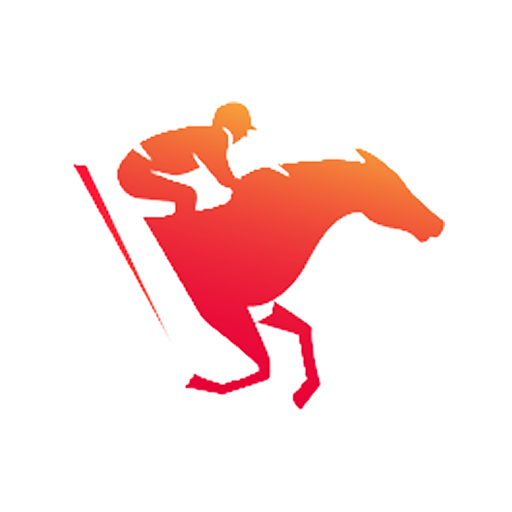


SARGA.CO — Horse racing is no longer just about speed and agility. Behind the thunder of hooves on the track lies a world of data, sensors, and advanced analytics that determine how well a horse performs. Technology has made the sport increasingly scientific — and at the center of this transformation are three key innovations: Horseteq, E-Trakka, and Horsecall.
These technologies don’t just help trainers understand a horse’s physical condition in real time; they also make training safer, more measurable, and far more efficient. Let’s take a closer look at how these groundbreaking tools are reshaping the sport.

Imagine a small device, about the size of a wristwatch, capable of recording every detail of a horse’s movement during training. That’s Horseteq, a smart sensor developed in Finland that’s attached to the saddle or directly on the horse’s body to capture motion data.
Its nine-axis sensor records stride length, rhythm, balance between left and right sides, and even the duration of each hoof’s ground contact. When paired with a heart-rate belt, Horseteq can also monitor the horse’s cardiovascular condition during workouts.
All data is instantly transmitted to a mobile app, allowing trainers to see when a horse begins to tire, detect subtle imbalances that could lead to injury, and check if training sessions are meeting their goals. Lightweight, precise, and easy to use, Horseteq has become a staple in many European stables.

While Horseteq is a compact motion tracker, E-Trakka takes a different form — a specialized training blanket equipped with GPS and heart-rate sensors. Known as the E-Trakka XV4, this Australian innovation records speed, distance, duration, and the horse’s heart rate throughout each run.
The collected data is automatically uploaded to the cloud and accessible via phone or computer. Trainers can view detailed reports showing sectional speeds, recovery times, and overall workload intensity.
Built to withstand dust and weather (IP66-certified), E-Trakka performs reliably in all track conditions. It’s now widely used by professional trainers in Australia and New Zealand to track their horses’ progress week after week.

While the first two focus on training data collection, Horsecall brings real-time analytics directly to the jockey’s eyes. Developed in Japan, this system combines horse-mounted sensors with smart eyewear that displays live speed and heart rate metrics through a small lens in front of the jockey’s eyes.
During training, the jockey can instantly see if the horse remains stable or is showing signs of fatigue — without needing to stop or check another device. At the same time, trainers in the control room can monitor the same data through the Horsecall app.

After each session, the system generates visual reports analyzing muscle recovery and fatigue levels. This helps trainers fine-tune future training schedules and prevent overexertion. It’s a futuristic yet practical tool that’s changing how training sessions are conducted in Japan.
In the past, a horse’s condition could only be estimated through observation and experience. Today, technology provides precise measurements — from heart rate and stride length to fatigue levels and movement symmetry.
With tools like Horseteq, E-Trakka, and Horsecall, trainers can accurately determine when a horse is ready to compete or when it needs recovery time. This data-driven approach also plays a crucial role in preventing early injuries — a vital factor in the high-stakes world of racing.
More than just tools, these innovations are transforming how humans understand horses. Every stride is now more than a sight or sound — it’s valuable data that can guide a horse toward achieving peak performance.
























































Install SARGA.CO News
sarga.co